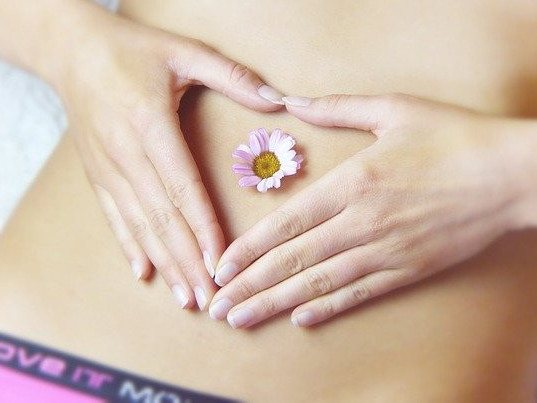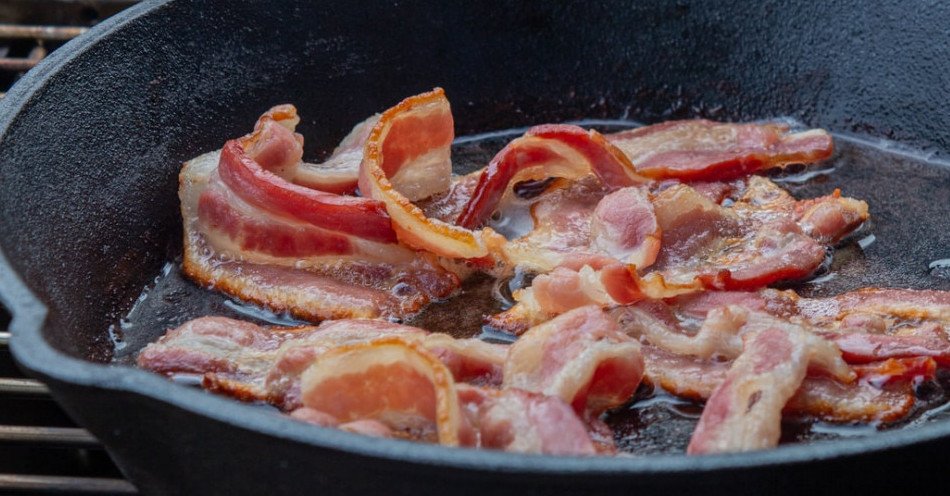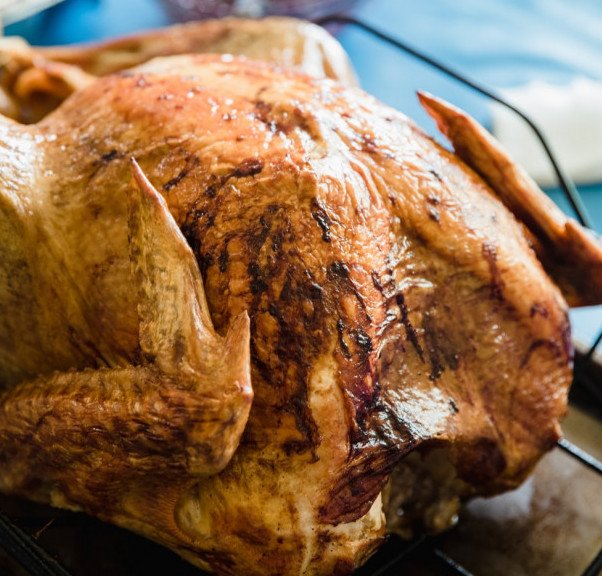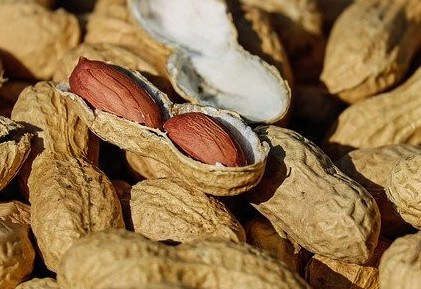I started working with Dr. ZSofia Clemens five weeks ago. My lazy ketogenic approach to controlling seizures had stopped working. At 44, I suspected that my hormones were changing and that had some role in my seizure activity. My seizure pattern seemed to follow the hormone fluctuation.
I was a bit skeptical about working with the International Center for Medical and Nutritional Intervention and using the Paleo Ketogenic diet. I knew how restrictive it was going to be. I was going to have to give up my beloved butter! I could handle eliminating milk and cheese, but butter? Nooo….I didn’t want to do it.

But I did.
And it has helped! I have not had a seizure in the past five weeks. Better yet, the weird aura type feelings have been eliminated from my life.
Now, epilepsy was not the only reason that I started this diet. I wanted to reverse my autoimmune condition, alopecia universalis. During my consultation with Dr. Clemens, she told me that the alopecia was very difficult and may not improve. This was NOT what I wanted to hear.
But I knew that I would be happier if I was completely seizure-free and gave it my all. I had done diets on my own before and mostly stuck to them. I cheated, but usually was able to get back on track pretty easily. The cheating is a problem because it does prevent the intestinal permeability from healing.
New Insights I Gained From Paleomedicina
One of the things that I learned as I strictly followed the diet was that it wasn’t just the ketones and reduced carbohydrates that played a role in the seizure prevention. Vitamin D is a major factor in health. Having normal levels of vitamin D also prevent seizures.
Even though I knew that there was a vitamin D relationship between the progression of alopecia, I had never been able to boost my vitamin D levels high enough with sunshine. I hadn’t been able to eat enough supplements to increase my levels to above baseline.
In reading Paleomedicina’s article on the true causes of vitamin D deficiency, I started to understand why my efforts at eliminating alopecia and seizures had failed. I had been including things in my diet that blocked the conversion of vitamin D to the active form – namely fructose.
The Inuit had to survive with little sunlight. Paleomedicina examined a study of Inuit in Greenland which discovered a correlation between fruits, vegetables, bread and milk and lower vitamin D levels. The Inuit who ate more traditional foods of meat and fat retained higher vitamin D levels.
My goal is to get my vitamin D levels higher in the next 60 days to ensure that my hair grows back and my seizures stop completely.
The Pros of the Paleo Ketogenic Diet in 5 weeks:
The best thing that has come about because of my paleo ketogenic diet:
- Disciplined eating pattern
- Smooth, soft skin
- Nail ridging from alopecia universalis is improving.
- Nail bed separation from alopecia universalis on right third finger is reducing.
- Weight loss (not sure if this is good or not. I’m close to my ideal weight. I lost 4 pounds.)
- No seizures
- Great digestion
- Normal blood work values
- Great energy levels
- Cost effective- no need to buy extra food or medicine
The Cons of the first 5 weeks of Paleo Keto:
- I experienced some acne (3 pimples)
- I had angular cheilitis (Dr. Clemens thinks this is due to my low vitamin D levels and will normalize.)
- I had a bout of diarrhea/loose stool (this has been common during my menstrual cycle. I don’t know if it is due to adjusting to the diet.)
- The first few days, I was hungry as my body adjusted to the 400 grams of fat and meat.
- You do have to be very careful about measuring your fats and proteins.
- Eating out and social situations are difficult.
My Recommendation
I would definitely recommend working with Zsofia Clemens and the International Center for Medical and Nutritional Intervention. The benefits that you receive from eating a natural diet and coming off medication are enormous. Not only does my brain seem to function better, but the diet is more cost effective. I am no longer buying and consuming more food than my body needs.
I have discoverd that I love eating the fats and the meats that are on the diet. I look forward to each meal and opportunity to eat. I am highly satiated and don’t need a lot of snacking in between meals. I do sometimes miss social eating, but I don’t think that it is worth having a seizure.








